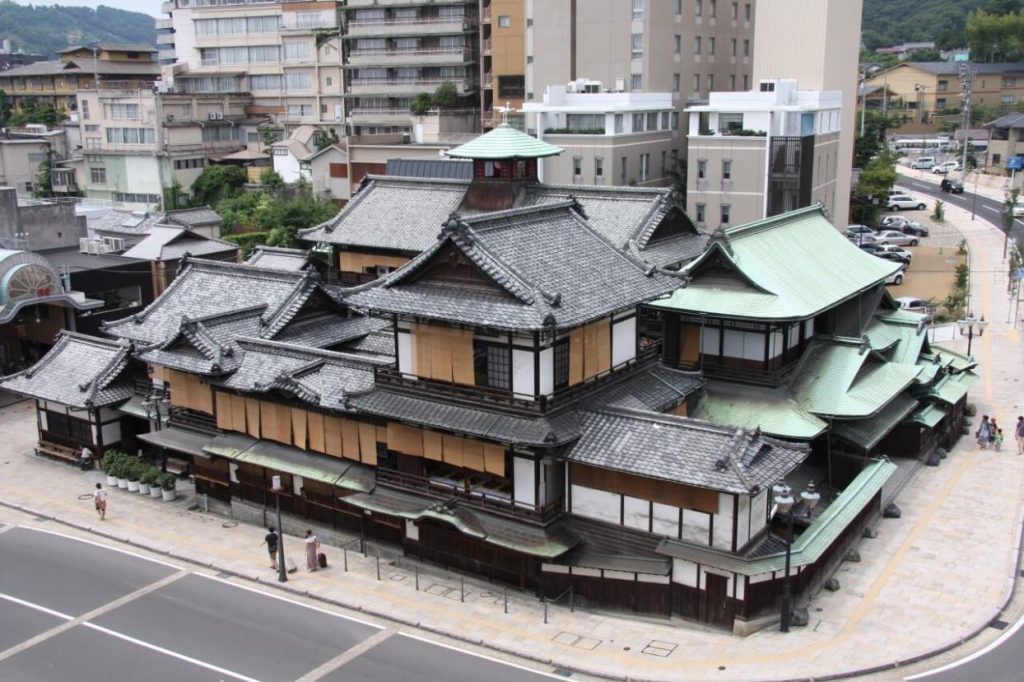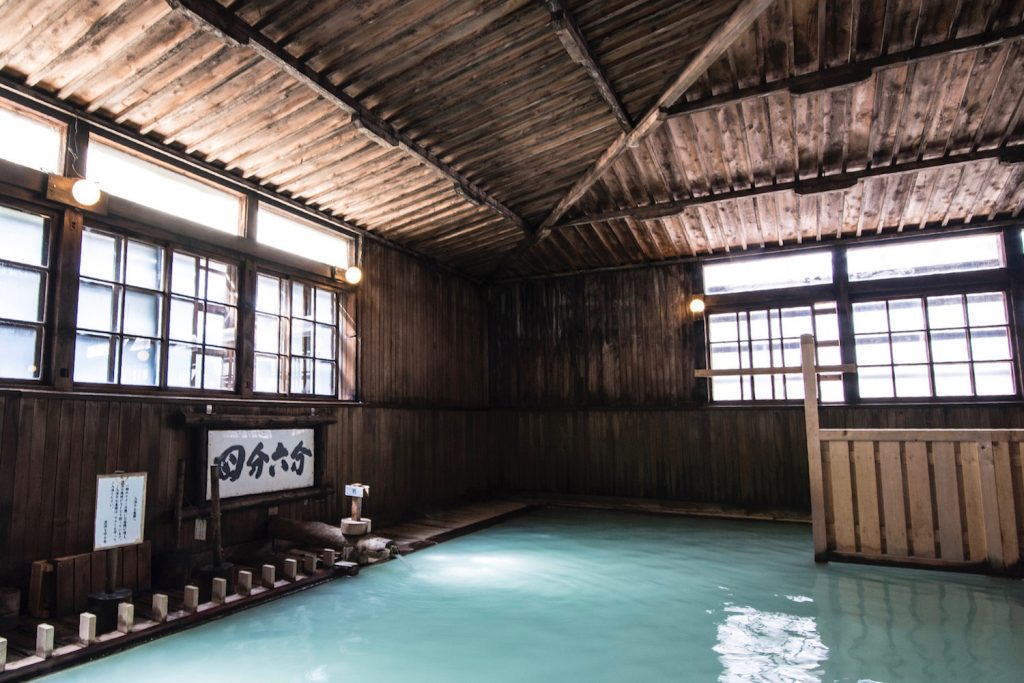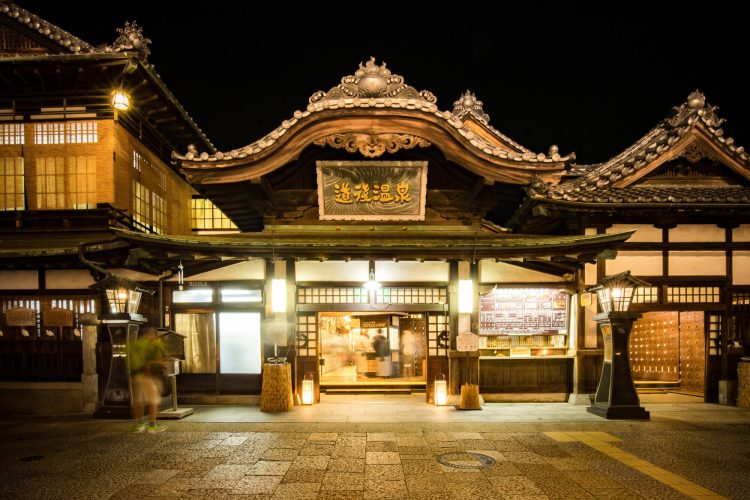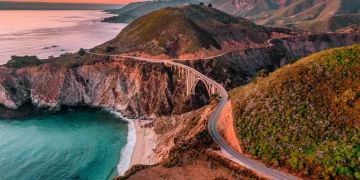Nestled within the city of Matsuyama, Ehime Prefecture, the Dogo Onsen bathes in more than three millennia of history, claiming the title of one of Japan’s most ancient hot springs. Esteemed to the extent of serving the Imperial family with an exclusive bathhouse, it stands as a national treasure, a cultural asset of profound significance. Following a period of restoration that began in 2019 to address the aging edifice, the hot springs have recently reopened, unveiling their time-honored splendor anew.
An Unrivaled Cultural Beacon
The Japanese archipelago is dotted with onsens, each with its own allure, yet few can surpass the historical and cultural depth of Dogo Onsen. The Matsuyama city government’s archives suggest that bathing customs existed during the middle Jomon period, as evidenced by artifacts found near the Dogo Onsen. This leads to the presumption of its 3000-year history. Constructed in 1894, the main building, or Honkan, is a testament to the enduring appeal of the hot springs. The origin of Dogo Onsen is steeped in legend — it’s said that an injured egret discovered the healing waters within the crevices of rocks, and after immersing its wounded limb, it was healed and took to the skies once more, leaving behind the springs that would become Dogo Onsen.
Beyond myths, Dogo Onsen has graced the pages of classical literature such as the “Nihon Shoki” and “The Tale of Genji,” and it is celebrated in the “Manyoshu,” Japan’s oldest anthology of poems. This anthology heralds Dogo Onsen as one of the three great ancient springs of Japan, alongside Arima and Shirahama. For centuries, it has been the retreat of choice for scholars and luminaries, including Prince Shotoku, Masaoka Shiki, and Natsume Soseki, all of whom have soaked in its curative waters.

A Labyrinthine Restoration
The recent renovations have meticulously rejuvenated the lacquer surfaces, earthen walls, paper sliding doors, and dividers within the Honkan. Two private bathing rooms have been added, enhancing the onsen experience. Given the building’s century-long history of modifications and expansions, a new version of the bathing ticket has been introduced, complete with a map of the Honkan’s labyrinthine interior — a practical and much-appreciated addition. The tickets for the private rooms are even more elaborate, designed as 3D paper models that guests can assemble themselves. Since its reopening, securing reservations for the special rooms and private baths has become a feat, and even the grand resting room often reaches full capacity. Anticipating high visitor traffic, automatic ticket machines have been installed, replacing manual ticketing processes.
The Royal Touch
The Imperial family’s exclusive bathhouse, the Yushinden, constructed in 1899, adds a regal luster to Dogo Onsen. Its name, derived from the “Book of Rites,” embodies the philosophy of continuous self-improvement, echoed in the proverb: “Renew thyself completely each day; do it again, and again, and forever again.” The Yushinden, a three-story wooden structure, is built with knot-free, premium Japanese hemlock and is adorned with lavish gold and silver leaf decorations. The Imperial bathhouse, carved from a single block of precious Aji stone from Kagawa Prefecture, is a rarity. Today, it is open to the public for viewing at a fee.

Dogo Onsen boasts four structures designated as Important Cultural Properties — the Genkan, the South Building, the Yushinden, and the Honkan, which has been splendidly restored. At first glance, the Honkan appears to be a purely Japanese architectural feat, yet it integrates various Western construction techniques. This three-story wooden edifice houses the changing rooms on the first floor, a spacious lounge on the second, and guest rooms on the third, including the “Young Master’s Room,” refurbished in honor of Natsume Soseki, who resided here during his tenure as an English teacher in Matsuyama. The room’s furnishings have been restored to their original state, with photographs of the young author adorning the walls.
Atop the Honkan, the “Shinroku Tower,” with its imported red glass, shines brilliantly when illuminated, creating a unique ambiance that lights up the night sky of the onsen town. The tower’s drum, known as the “Timekeeping Drum,” resonates at dawn, noon, and dusk, marking time in a tradition cherished as one of the “100 Sounds of Japan” to be preserved.
The Charm of Continuity
The allure of Dogo Onsen lies in its distinction as Japan’s first public bathhouse to be designated as an Important Cultural Property, not merely preserved as a museum but actively functioning as a thermal spa. In addition to the Honkan, the Kami no Yu and Tama no Yu baths continue to welcome visitors. Atop the hill, the Dogo Onsen Sky Walk offers a complimentary footbath with panoramic views of the entire Honkan. Soaking one’s feet while gazing at the town’s nocturnal beauty is an experience in itself.





















